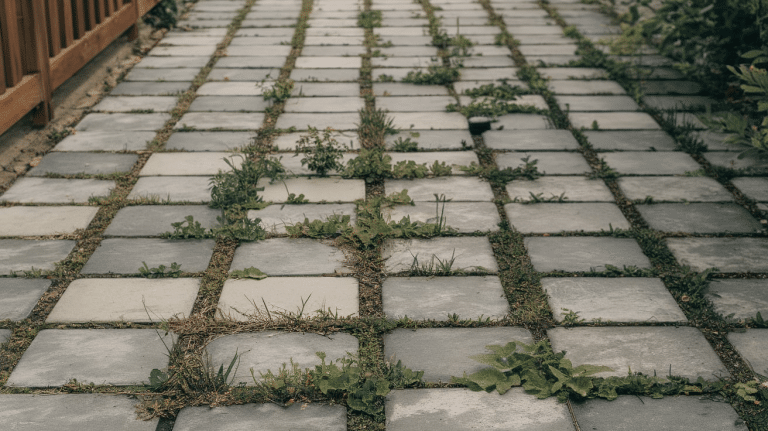I used to think those little weeds poking through my pavers were just part of having a patio. I’d pull them, they’d grow back, and I’d repeat the cycle.
Sound familiar? Eventually, I got tired of the hassle and decided to figure out a long-term fix. Turns out, keeping weeds out of pavers isn’t that hard; it just takes a few smart steps.
In this guide, I’m sharing everything that’s worked for me so you can save time, effort, and frustration. If you want your patio to look clean and stay low-maintenance, you’re in the right place.
It’s time to walk through the methods that actually work and kick weeds out for good. Ready to reclaim your outdoor space?
Before You Start: Know Why Weeds Appear
Weeds growing between pavers are more than just an eyesore; they signal gaps in installation, maintenance, or both. These stubborn plants thrive in the smallest cracks where sand has washed away or debris has collected.
Moisture, sunlight, and even wind-blown seeds make the perfect recipe for weed growth. Once they take root, they can lift or shift your pavers, making the surface uneven and unsafe.
If left unchecked, weeds can damage the structural integrity of your patio or walkway. That’s why stopping them early and keeping them out long-term requires more than just pulling a few stems.
From what I’ve learned, a proactive, layered approach works best. It starts with a strong foundation and includes regular upkeep, smart materials, and natural or chemical interventions.
Understanding the cause helps you choose the right solution and prevent the same issue from returning year after year.
Effective Ways to Keep Weeds out Of Pavers
The most effective ways to keep weeds out of pavers include using polymeric sand, sealing surfaces, regular cleaning, and addressing weed growth early.
1. Build on a Solid Base
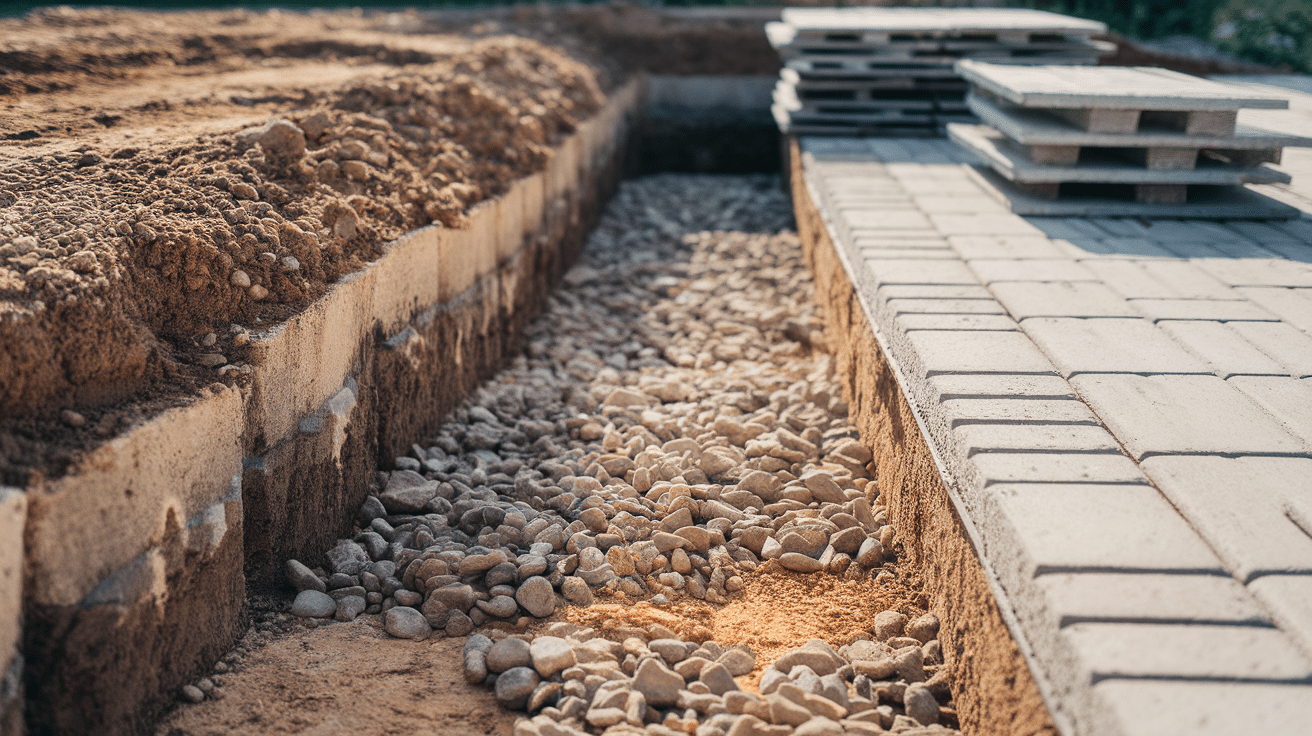
Weeds thrive in loose or shallow foundations. I always dig 6–8 inches deep and lay a compacted gravel base topped with stone dust. This helps eliminate soil where weeds take root and creates a sturdy surface for pavers.
A solid base also improves drainage and keeps your pavers stable, which prevents cracks and gaps where weeds sneak in.
2. Add Landscape Fabric Beneath the Base
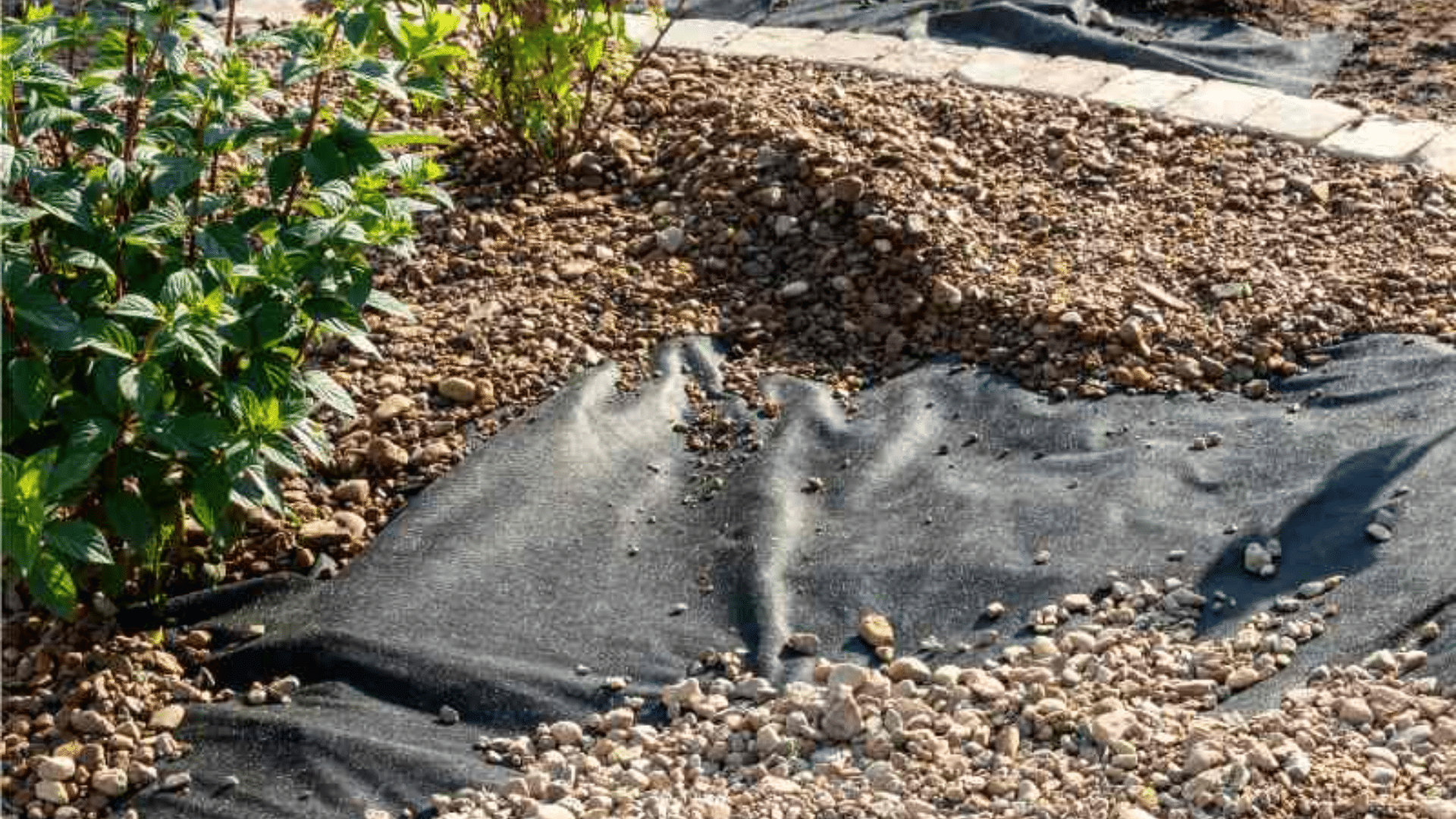
While I don’t always use it, landscape fabric can help stop weeds from growing up into the paver base. It works best when placed under gravel, not between pavers.
The fabric blocks sunlight and acts as a barrier for underground weeds, especially aggressive ones. Just make sure it’s permeable so water can still drain properly through the layers.
3. Fill Joints with Polymeric Sand
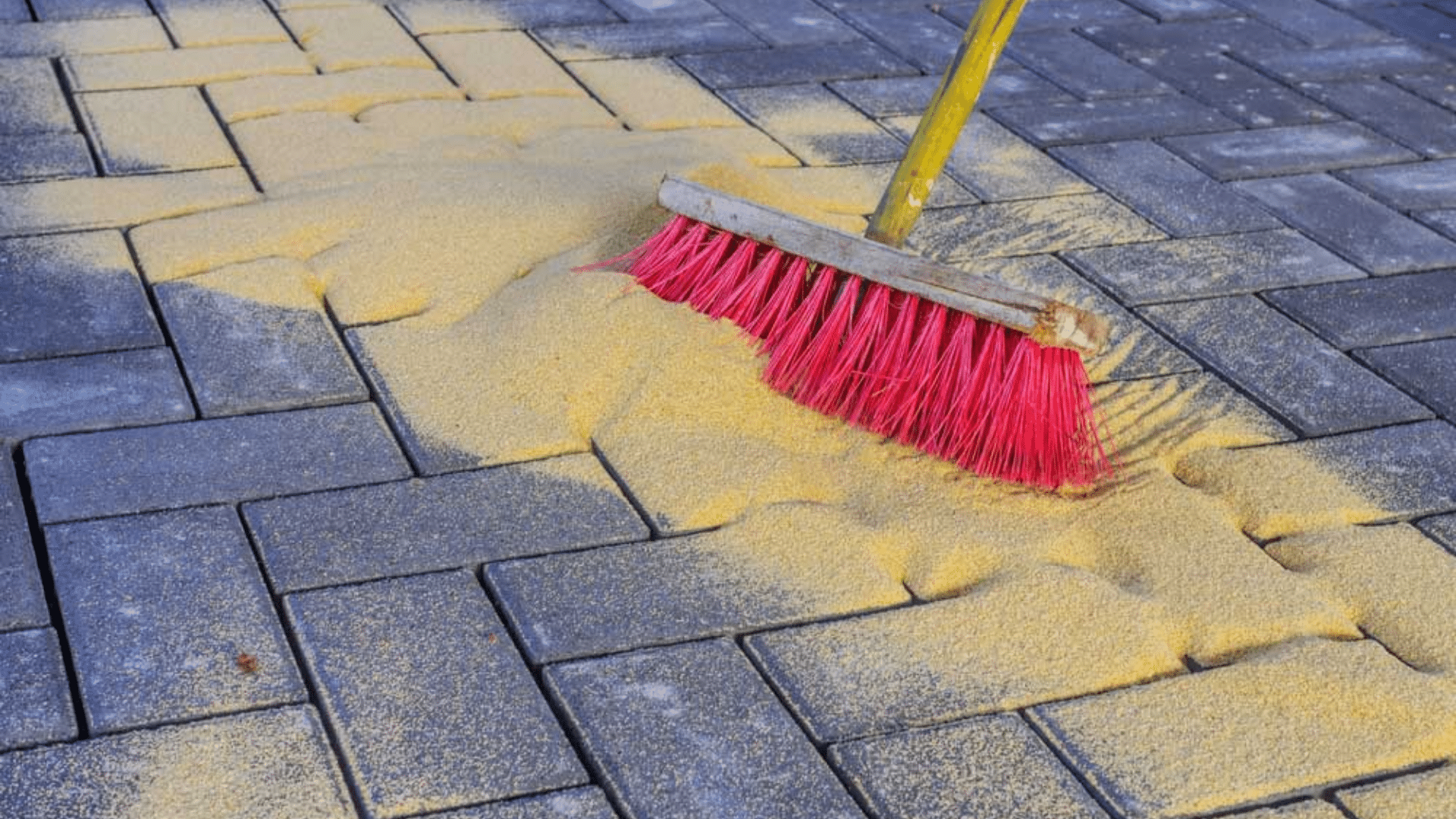
This is one of my favorite weed-fighting tricks. Polymeric sand contains bonding agents that harden when misted with water. It locks the paver joints tight, making it tough for weed seeds to settle or grow.
I’ve used it during installations and also for refreshing old joints. It’s durable, low-maintenance, and resists erosion better than regular joint sand.
4. Seal the Pavers to Block Moisture and Seeds
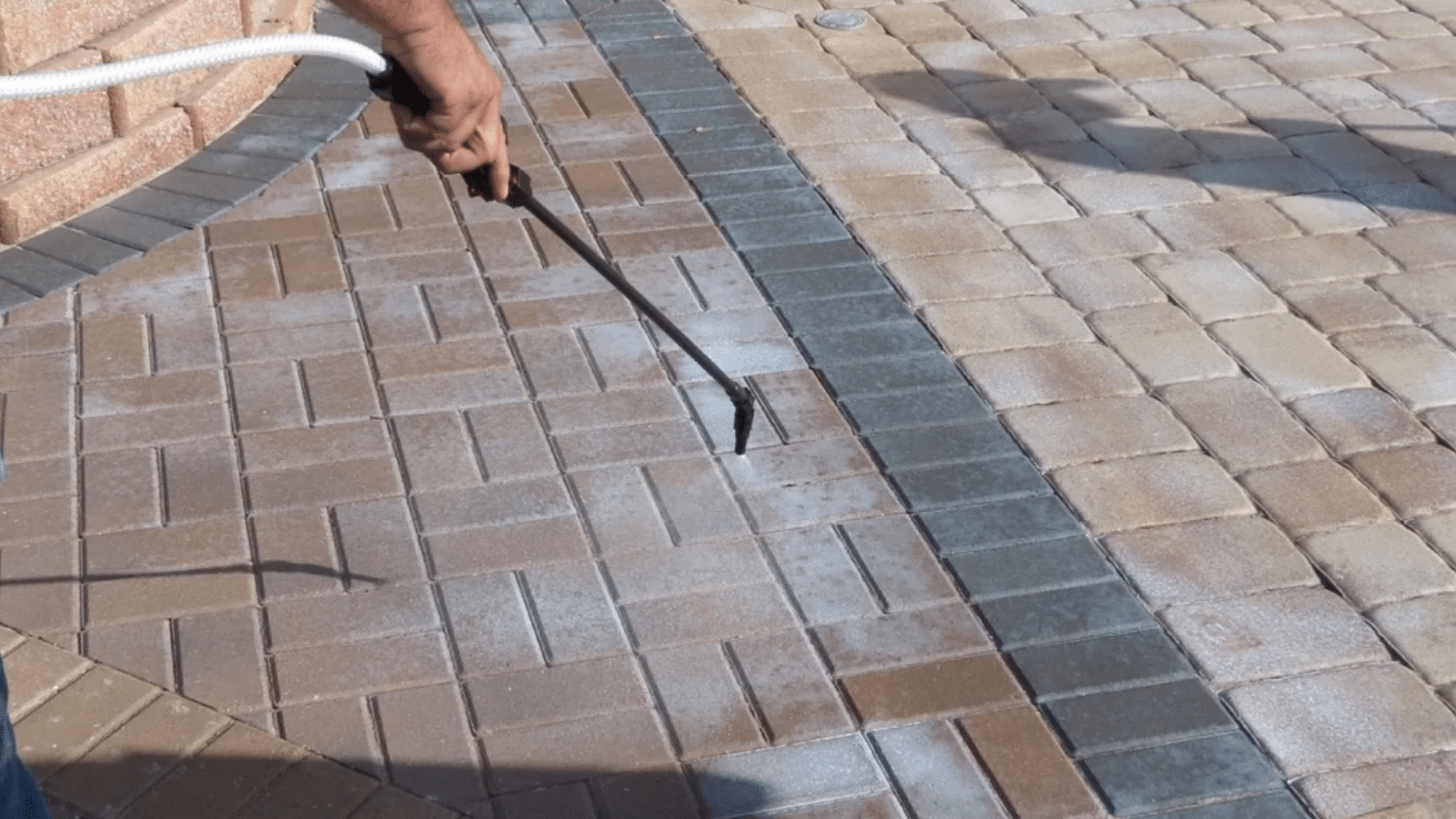
Sealing your pavers doesn’t just make them look better, it also keeps weeds out. I apply a quality paver sealant every 2–3 years. It locks in the joint sand and creates a smooth surface, making it harder for seeds to settle.
Plus, it repels water, reducing the damp conditions weeds love. Just make sure the pavers are clean first.
5. Sweep and Clean Regularly
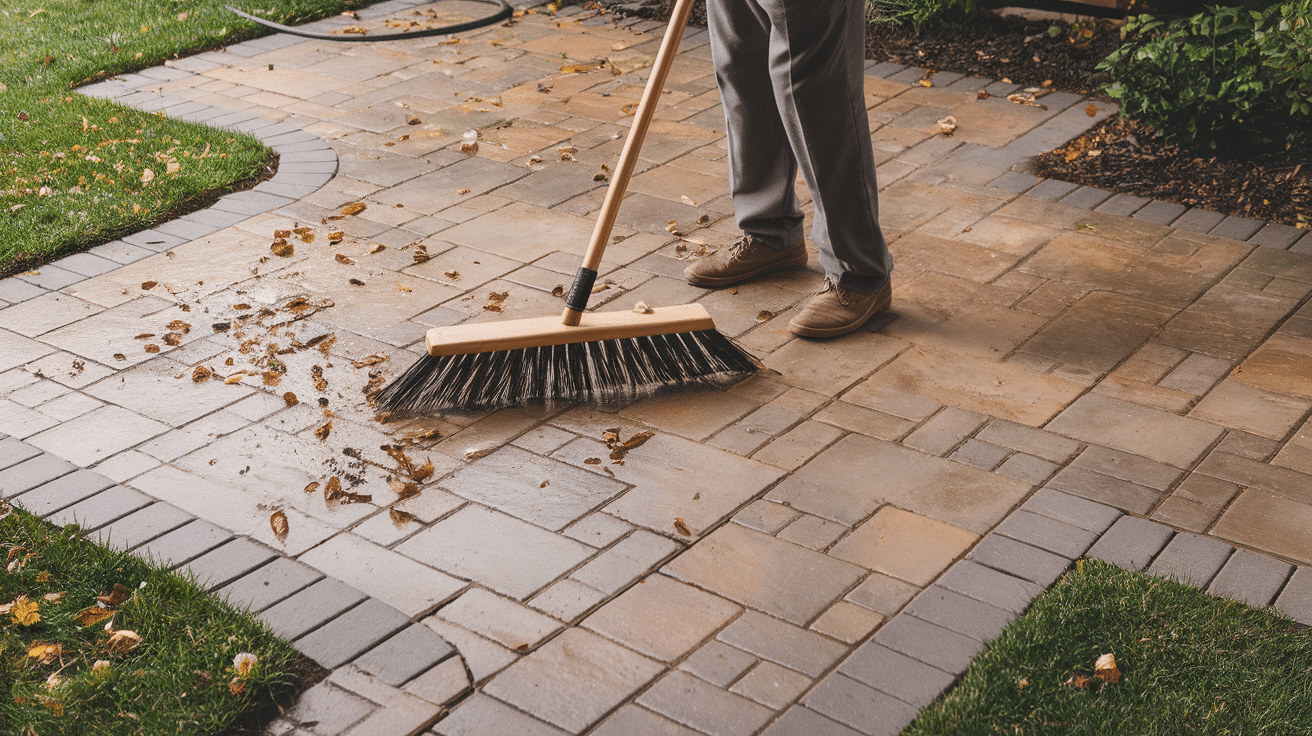
Debris like leaves, dirt, and dust fills paver gaps and creates a cozy place for weeds. I sweep my patio once a week and hose it down if needed. Keeping it clean means fewer chances for weeds to root.
I also trim nearby grass and plants, since wind can carry seeds straight into your joints. It’s simple but effective.
6. Reapply Joint Sand as Needed
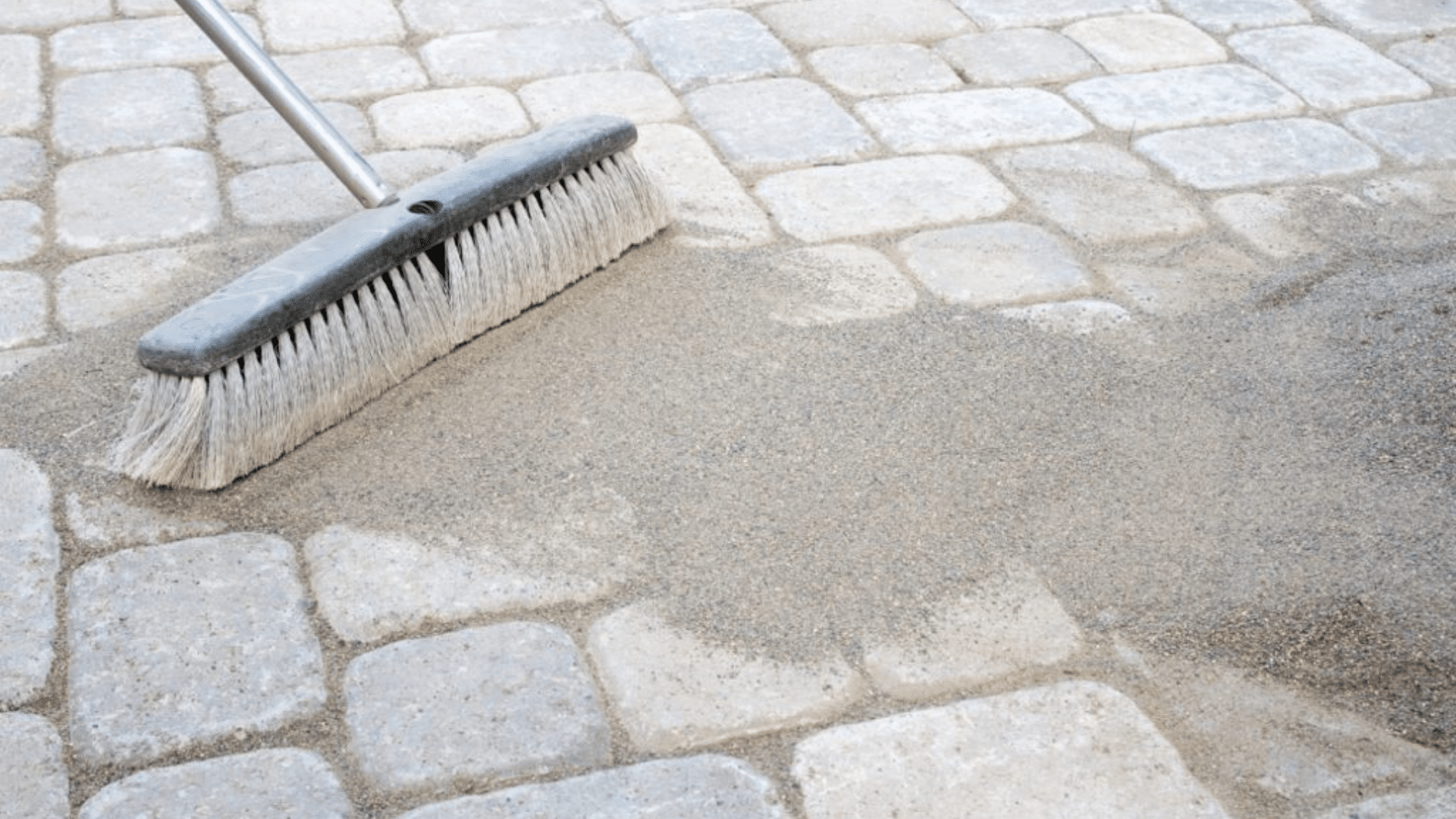
Over time, sand washes away from rain and cleaning. When gaps appear, weeds follow. I inspect my paver joints every few months and top up the sand where needed.
Resanding blocks weeds growth and strengthens the surface. I usually resand in early spring or fall, when the weather is mild. A stiff broom and dry sand work great for this.
7. Use Natural Weed Killers
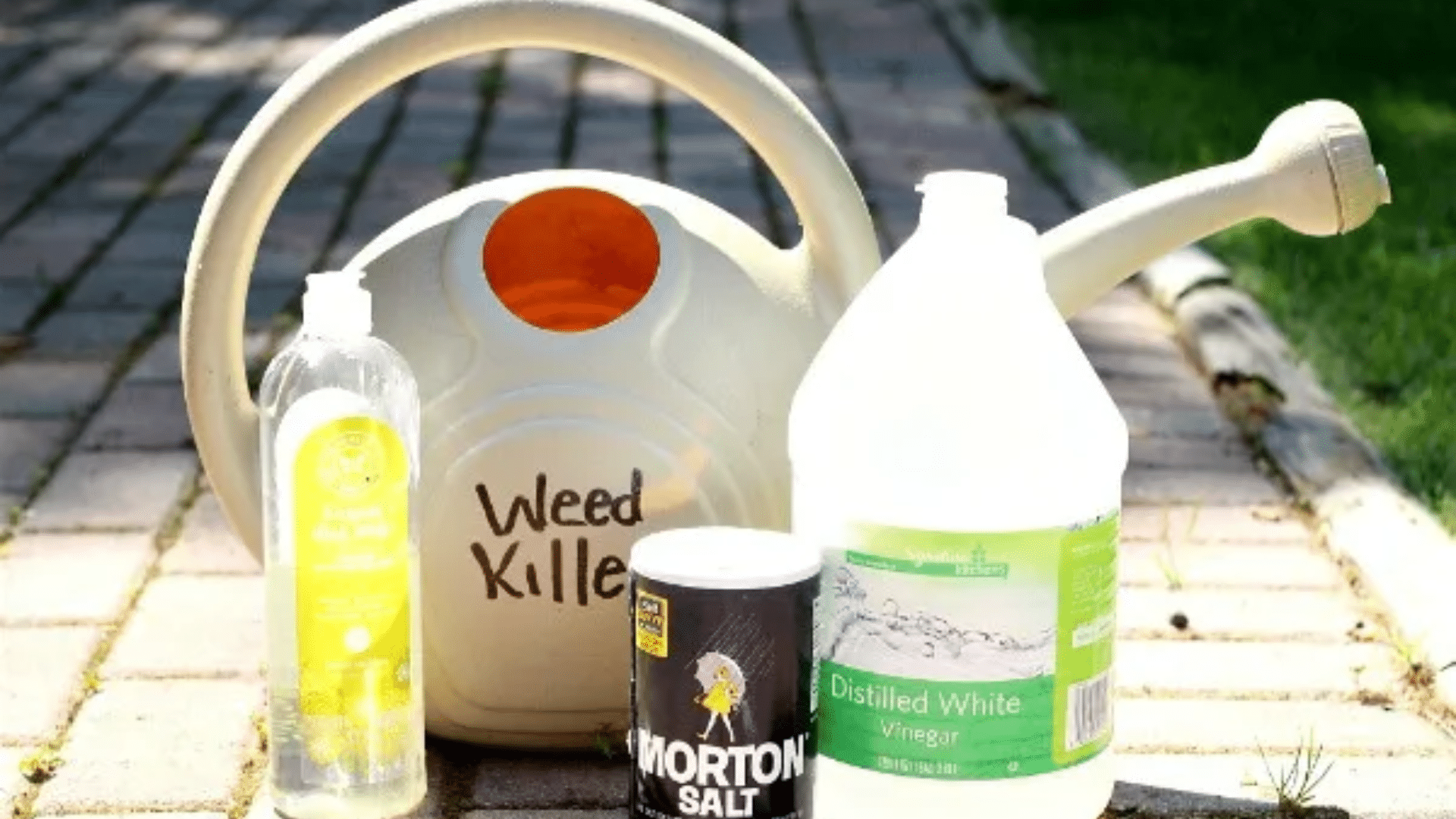
If a few weeds pop up, I use natural solutions first. Vinegar mixed with dish soap is my go-to; just spray it right into the crack on a sunny day. Boiling water is also effective for small patches.
These methods kill weeds without harsh chemicals, and they’re safer around pets and plants. I always apply them early, before weeds spread.
8. Try Chemical Herbicides for Stubborn Spots
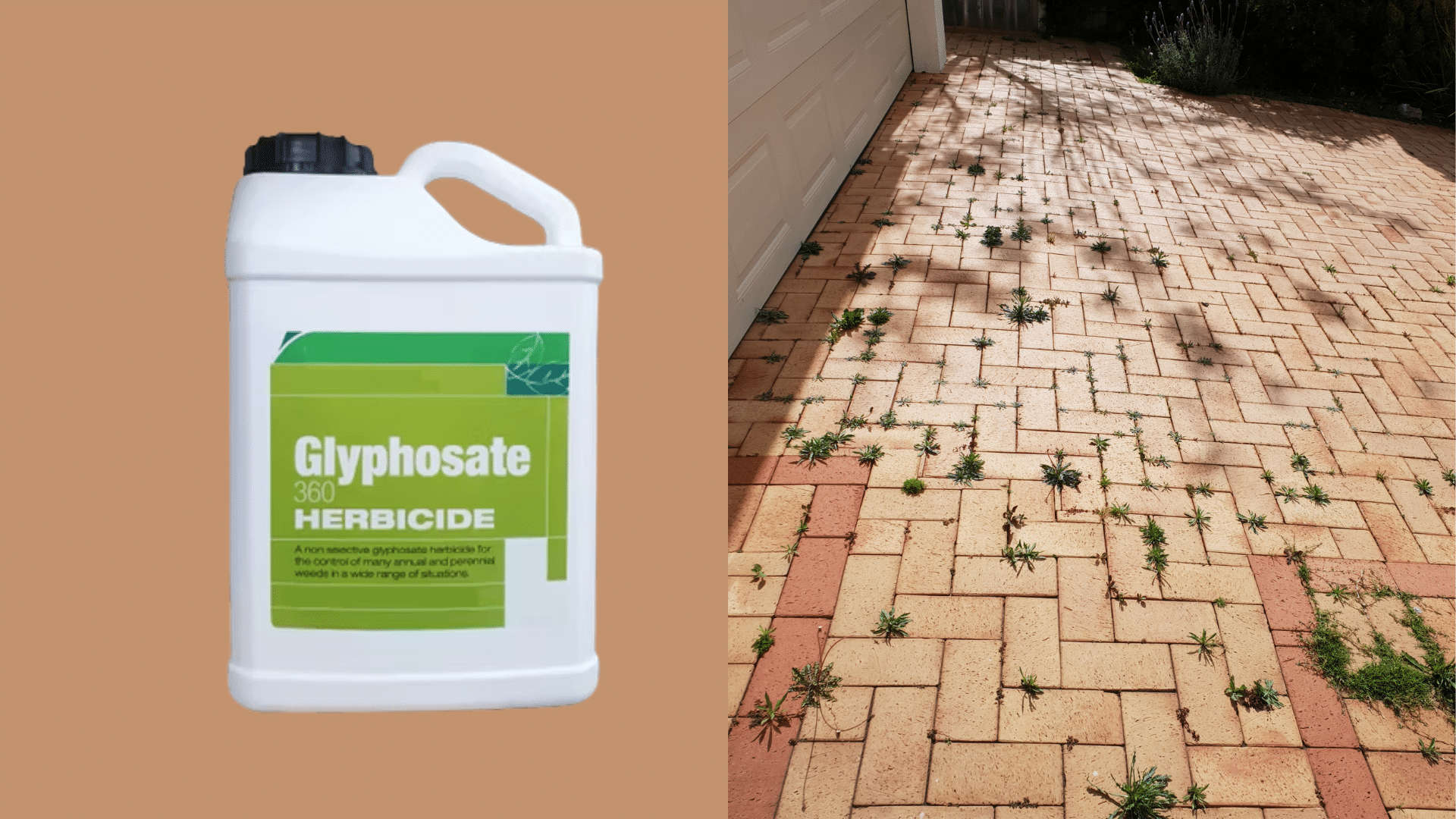
When natural fixes don’t work, I’ll use a non-selective herbicide like glyphosate. It kills the weed down to the root. I only spray on dry, calm days and avoid other plants.
A pre-emergent herbicide in early spring also helps stop new weeds before they sprout. I use these carefully, just for problem areas where nothing else seems to work.
9. Plant Ground Covers Between Pavers
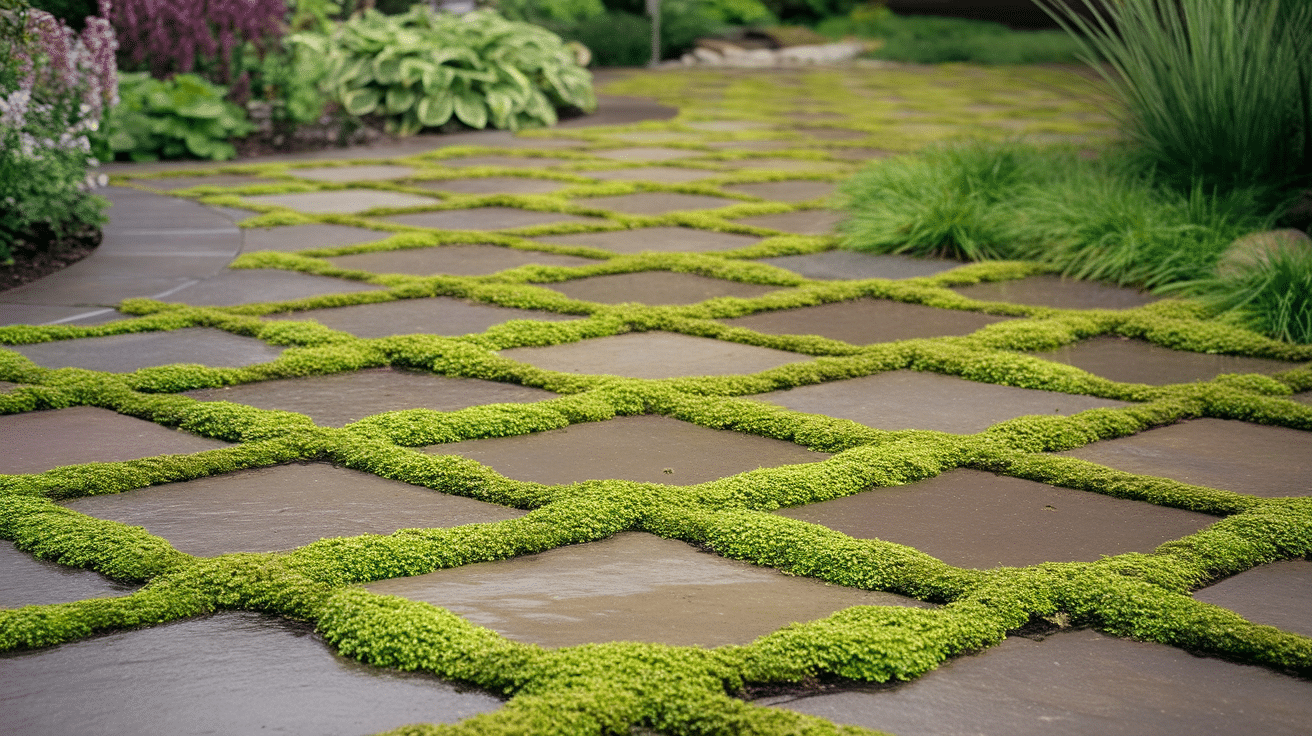
One creative way I’ve found to prevent weeds is by planting ground covers like creeping thyme or moss between pavers. They look great, stay low, and naturally smother weeds by taking up space and light.
These plants also soften hard edges and blend your patio into the garden. Just be sure they match your climate and sun conditions.
Should You Hire a Professional?
If tackling weeds between pavers feels overwhelming or you’re starting from scratch with a new patio, hiring a professional might be worth it. I’ve done it myself and found it helpful when I didn’t have the right tools or time.
A pro can properly prep the base, apply polymeric sand, and seal everything correctly. But if you enjoy DIY projects and want to save money, the methods in this guide are totally doable on your own.
Just make sure to follow each step carefully and stay on top of maintenance. In the end, it comes down to your budget, schedule, and comfort level with hands-on work.
If you’re unsure, you can always start small and call in help later if needed. Either way, keeping weeds out of your pavers is absolutely possible.
How to Maintain Weed-Free Pavers
Regular upkeep is the key to keeping your pavers looking clean and weed-free without constant rework.
- Sweep your pavers weekly to remove dirt, leaves, and debris that can trap seeds.
- Rinse the surface occasionally with a garden hose to wash away dust and prevent buildup.
- Inspect joints every few months and refill any gaps with polymeric sand to block weed growth.
- Pull weeds as soon as you spot them to stop roots from spreading.
- Trim nearby grass, plants, or shrubs to reduce wind-blown seeds settling in cracks.
- Reseal your pavers every 2–3 years to keep joints tight and surfaces protected.
- Avoid letting standing water sit on the surface, as moisture encourages weed growth.
- Check for erosion or shifting and repair early to prevent deeper gaps from forming.
Tips to Consider
Before you start or refresh your paver project, there are a few helpful tips I’ve learned that can make a big difference. These small steps can save you a lot of time and prevent weeds from sneaking in.
- Always start with a deep, compacted base to prevent weed roots from taking hold.
- Fill paver joints tightly with polymeric sand for long-term weed resistance.
- Use natural weed killers like vinegar or boiling water for spot treatments.
- Apply pre-emergent herbicide in early spring to block new growth.
- Choose ground covers like creeping thyme for a green, low-maintenance alternative.
Conclusion
Keeping weeds out of your pavers doesn’t have to be a constant battle. I’ve learned that a little planning and consistent care go a long way.
From using polymeric sand to sealing and cleaning regularly, these simple steps have helped me enjoy a cleaner, more polished patio without the frustration of pulling weeds every week.
You don’t need fancy tools or harsh chemicals, just a few smart choices and a little effort up front. If I can do it, so can you. Your outdoor space should be a place to relax, not stress over weeds.
Try a few of these tips today and see the difference for yourself. And if you found this guide helpful, share it or drop a comment below. I’d love to hear how you’re keeping your pavers weed-free, too.
Frequently Asked Questions
What causes weeds to grow between pavers?
Weeds grow between pavers when there are gaps filled with dirt, moisture, and organic debris, perfect conditions for seeds to settle and sprout. Poor joint filling and lack of maintenance can speed up weed growth.
Is polymeric sand really better than regular sand?
Yes, polymeric sand hardens after getting wet, locking the joints in place and making it much harder for weed seeds to grow. Regular sand shifts easily and washes out, leaving gaps where weeds can thrive.
How often should I seal my pavers?
I recommend sealing every 2–3 years, depending on the climate and traffic. Sealing not only protects against stains and fading but also helps prevent weed growth by keeping joint sand in place.
Can I use vinegar to kill weeds on my pavers?
Yes, white vinegar mixed with a bit of dish soap is an effective natural weed killer. Just spray it directly on the weeds during a sunny day, but avoid nearby grass or plants, as it can harm them too.


